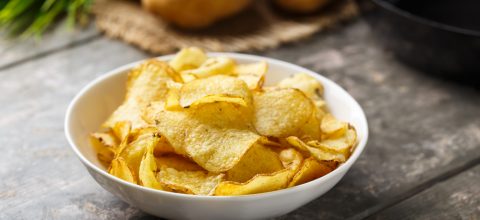I really enjoy the taste of a chilled apple lambric in the evening after a long day of work during the summer months. I thought I would figure out why I like this so much and share my findings with you.
My favorite has been one produced by Brouweru Lindemans from Vlenzenbeek Beligium. The brewery began brewing beer back in 1811 in a small Flemish town southwest of Brussels. Their lambrics were the first to be imported into the US in 1979. They are most wildly know for lambrics but as for wine not all the lambrics they produce are the same. In Belgium many now have the distinction of having TSG (Traditional Speciality Guaranteed) Status. In order to explore more and breakdown the distinct types I will try and explain in simple terms what a “pure” lambric is.
All beers start out the same during the initial brewing process of grinding grains, mashing, sparging to make wort and then boiling but instead of pitching cultivated yeasts as for most beers, lambrics are allowed to have contact with wild strains of yeasts present in the brewhouse. This spontaneous fermentation as it is called gives it a slightly different and distinct flavor. The addition of dry hops is also done to give another layer of bitterness but hops also act as a preservative which counteracts the growth of unwanted microorganisms. It is this slightly sour, dry, crisp and vinous taste that is produce by this “natural” fermentation that is appealing. In looking at the process and ingredients in a natural lambric it is truely a pure food, vegan and minimally processed which I whole heartlily support. What else could you want in a beer. Sixty-four calories is not very appealing if you think about it.
In case of Lindemans Pomme, apples and apple juice are later added to this fermentation giving the underlining sweetness you get from eating a bright green apple. This is then another type of lambric called a Fruit lambric. The typical flavors added are sour cherry or kriek, raspberry, peach and black blackcurrant. I have seen flavors as far fetched as banana and blueberry.
One of the other clear difference is that some lambrics are the combination of two different beers blended as the winemakers of Bordeaux have done for centuries in making of their “juice”. Gueuze is a blend of 1 year old and 2-3 year old lambrics which are then fermented a second time . It is fermented in the bottle and can be “laid down” to mature for up to 20 years.
One more obscure lambric is Faro. This is made from a low alcohol lambric that is blended with a traditionally brewed beer that is then sweetened with brown sugar or molasses. It is then fermented in the bottle. There are several available in the US in liquor stores with good beer sections.
In doing my research, I have thought hard about why I like this style of beer. It is very obvious from the first time you drink the apple flavored one, it is an easy transition to a fruit beer. It is not overly sweet and has something that is very familiar when you taste it. On the other hand, stepping into a Kriekbeir from Liefmans you get into more complex sour flavors and aromas, as this is a blend of brown beer and a young lambric with cherry pips. I try allot of beers to challenge my palate and this is category where I have more fun with than most. I really enjoy seeing the faces and hearing the reactions from my friends who try a lambric for the first time. Are you ready?










